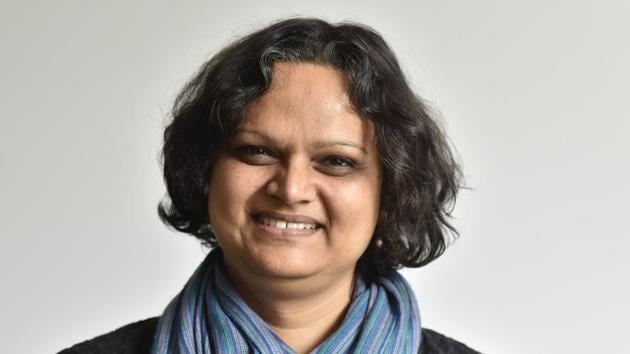Opinion | Investing in infra for walking is top priority
Even diehard gearheads, wearing N99 masks or from within the inner sanctums of their four-wheel drive, would agree that Delhi faces a crisis, says
Even diehard gearheads, wearing N99 masks or from within the inner sanctums of their four-wheel drive, would agree that Delhi faces a crisis. Its streets are choked; so is its air. Home to over three-and-half million cars, Delhi has more than Mumbai, Kolkata, and Chennai put together. And many more enter the city from the surrounding regions every day.

Multiple studies have established that a vast majority of Delhi’s denizens continue to walk, cycle, or use different forms of public transport. Yet, the primary focus seems to fulfil this insatiable demand for space for cars—a mode that serves less than a sixth of all trips. Let’s understand: we cannot cure obesity with bigger pants.
At this point, dumping public funds into a raging inferno makes as much sense as building another flyover, elevated road, or a car park. Public spending must meet the need of all citizens, not a few, while protecting the environment for our future generations. Investing in infrastructure for walking, cycling, and public transport must hold priority.
Clear vision and capital to back the vision
First and foremost, Delhi must establish specific, quantitative goals and align its spending to these goals. For example, the best of cities worldwide, even those with great urban rail systems, have over one bus per thousand citizens. Delhi has a quarter of that. Informal public transport modes such as minibuses, share autos, and e-rickshaws fill the gap but aren’t a long-term answer. Delhi’s bus fleet should see a four-fold increase by the end of the coming decade.
The Report of the High Powered Committee on How to Decongest Delhi planned to invest in 200 km of footpaths—grossly inadequate for a city with over 30,000 km of roads. Delhi needs a walkability plan to make all streets safe, accessible, and comfortable to walk and cycle. Then, it must start investing in its plan until the goal is achieved, something cities like Chennai and Pune are doing and setting an example for the rest of India.
Chennai’s non-motorised transport policy mandates 60% of its transport budget for walking and cycling improvements. Pune has been consistently spending more than 50% of its transport budget to make streets pedestrian and cyclist-friendly and augmenting its public transport.
Last, but not the least, Delhi must take measures to curtail car use. Parking must be acknowledged as a commodity and priced at levels that keep demand lower than supply. Rather than increase supply through public subsidies. That’s the path Chennai and Pune have chosen, through policy and action.
Communication and coordination among and across various agencies
Only when walking, cycling and various types of public transport form seamless connections will people stop moving to personal motor vehicles. This requires, first and foremost, seamless connections between institutions that have one vision and one plan. But Delhi is a classic case of institutional fragmentation. There are eighteen agencies, each with its jurisdiction, policy, plans, and budgeting.
Delhi could take a leaf out of London’s history. Facing a similar predicament, the city created Transport for London (TfL) in the year 2000. Today, TfL sets the direction, coordinated with and connects multiple transport operators—some public and some private—and multiple municipalities to create seamless walking and cycling infrastructure.
TfL is also the face of all things transport for citizens of London. It provides them the information they seek, through innovative measures like Legible London, and also gets their input in planning. It also provides them seamless means of fare payment across modes, including discounted fares for transfers between modes.
Capacity and capability to plan, implement, manage, and monitor
Lastly, to ensure sustainable interventions don’t fall by the wayside, there is an urgent need to establish capacity, not just in the sheer number of staff required at appropriate levels, but also augmenting their capacity to plan, implement, manage, and monitor the vision that has been established.
To quote Rimbaud, “Only with a burning patience can we conquer the splendid City which will give light, justice and dignity to all mankind.”
(Shreya Gadepalli is South Asia Programme Lead, Institute for Transportation and Development Policy )



